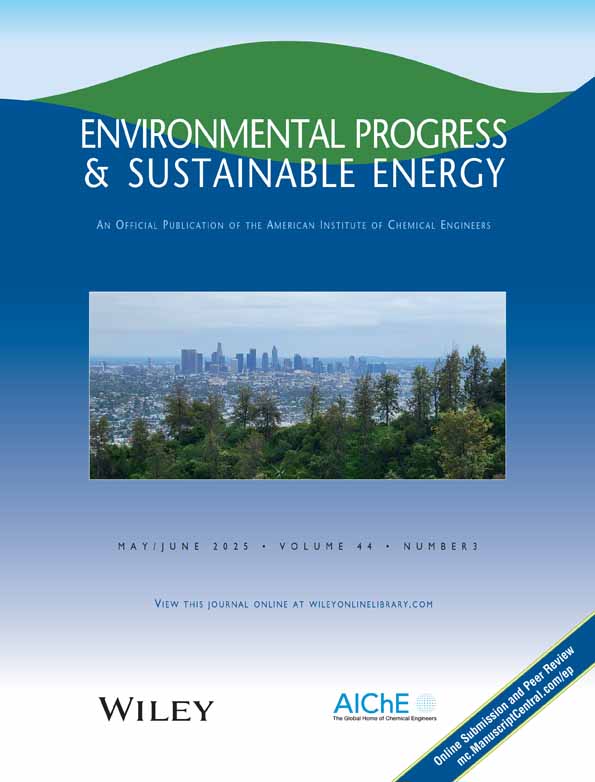Allergan-isopropyl alcohol emissions removal using a unique biological system
Abstract
Allergan constructed and is operating a unique biological system designed to reduce emissions of isopropyl alcohol (IPA) as well as acetone and heptane from intaocular lens manufacturing operations. The exhaust gases from the manufacturing facility are passed through a pair of wet scrubbers, in series, that allow mass transfer of the IPA from air to water. The original design called for packed towers to be used to partially biochemically oxidize the emissions. This design was changed after three months, due to fouling problems, to simply a water stripper mode of operation. Then, the water stream was passed through a fixed film bioreactor to reduce the final concentration of IPA and other emissions to less than 99% of the total inlet concentration. The inlet concentrations treated by the system ranged from 200 to 500 mg/m3 at a flow rate of 5000 cfm. On average, the system treated approximately 12 gallons per day of IPA and lesser amounts of acetone and heptane. The system is a closed system and only requires the addition of bacteria and nutrients on a periodic basis. Sludge is removed periodically.
The system was started on May 18, 1997 and went through a startup validation which was completed in December of 1997. The operational data is presented along with the method of startup and methods to overcome adverse operating conditions.
From two weeks after startup the system has maintained an IPA removal efficiency of greater than 99%. Nutrient loading and pH adjustment were fine tuned during the startup validation period. The system has proved to be as economical as first described in a previous paper as compared to other control devices such as catalytic thermal oxidation.




